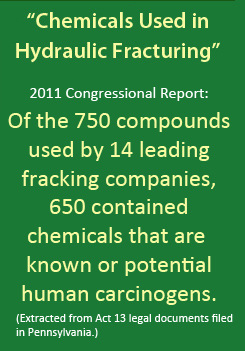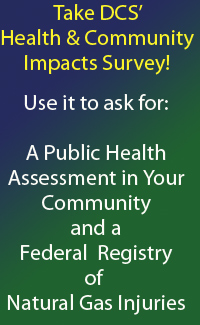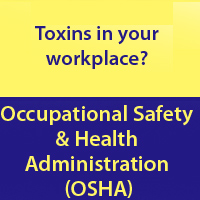Fracking workers exposed to dangerous amounts of benzene, study says
(NB GasVets.org: Although this article was first published 9/11/14, it’s received little attention. For more on worker health and threats to it, see GasVets’ Timeline of Federal Regulations which includes data from “What They Knew in 1988-89, and the 2011 Minority Congressional report which lists 650 fracking chemicals that are known- or potential-carcinogens, If you are a GasVet worker or a resident of “Gasland” who believes you’ve suffered harm from fracking, please participate in Damascus Citizens’ Health and Community Impacts Survey.)
“Some workers at oil and gas sites where fracking occurs are routinely exposed to high levels of benzene, a colorless gas that can cause cancer, according to a study by the National Institute for Occupational Safety and Health.
The agency, which is part of the Centers for Disease Control and Prevention, recommends that people limit their benzene exposure to an average of 0.1 of a part per million during their shift. But when NIOSH researchers measured the amount of airborne benzene that oil and gas workers were exposed to when they opened hatches atop tanks at well sites, 15 out of 17 samples were over that amount.
Benzene, a component of crude oil, “is of major concern because it can be acutely toxic to the nervous system, liver, and kidneys at high concentrations,” the study authors wrote. As the CDC explains, benzene interferes with the normal workings of cells.
‘It can cause bone marrow not to produce enough red blood cells, which can lead to anemia,” according to the CDC. “Also, it can damage the immune system by changing blood levels of antibodies and causing the loss of white blood cells.’”







